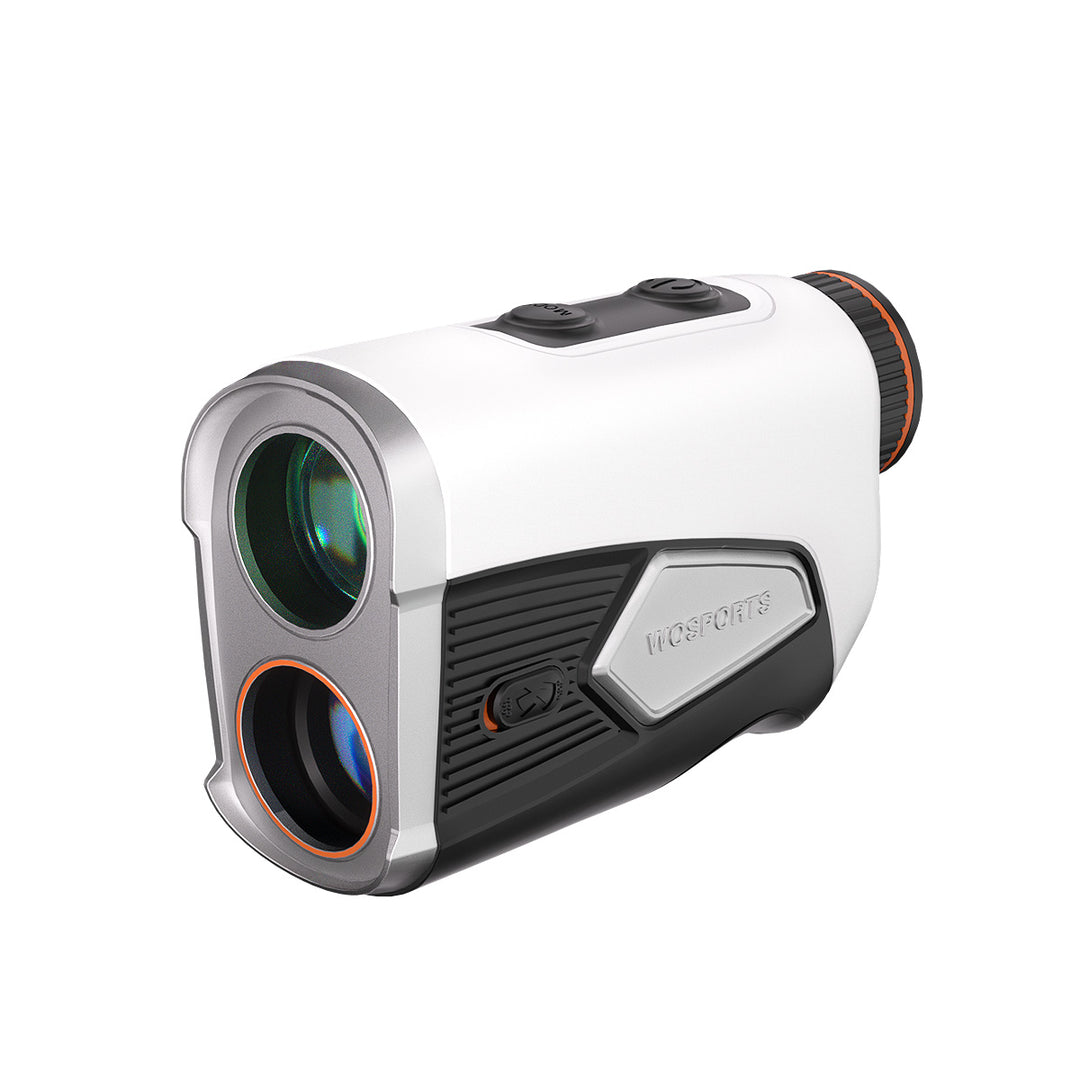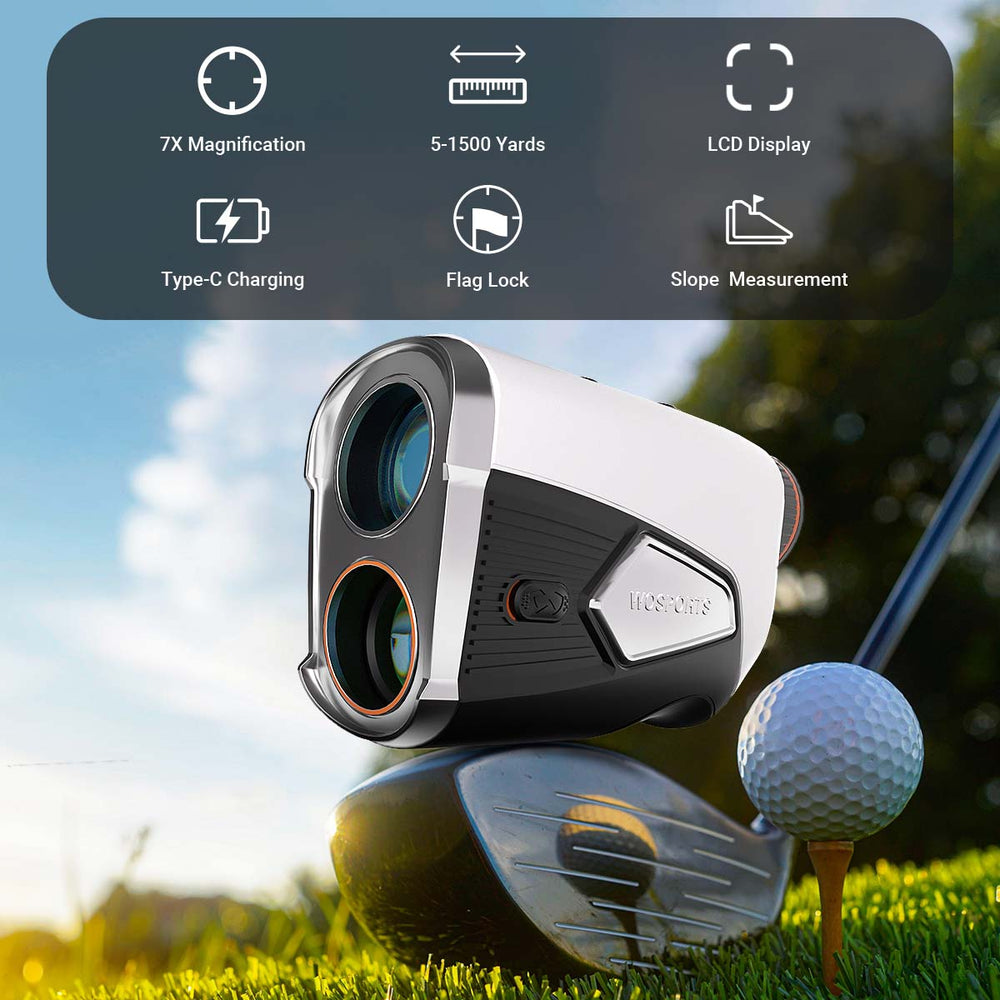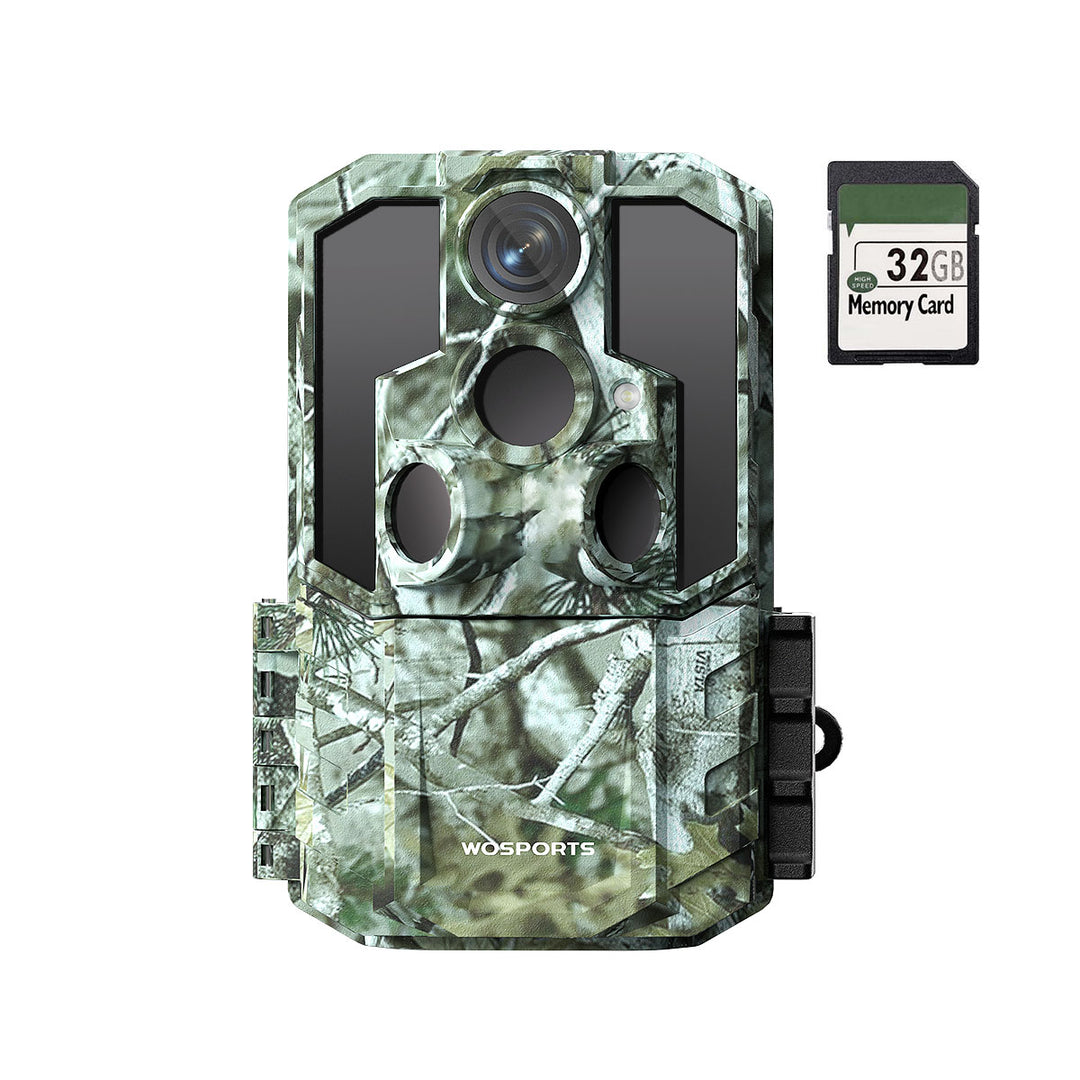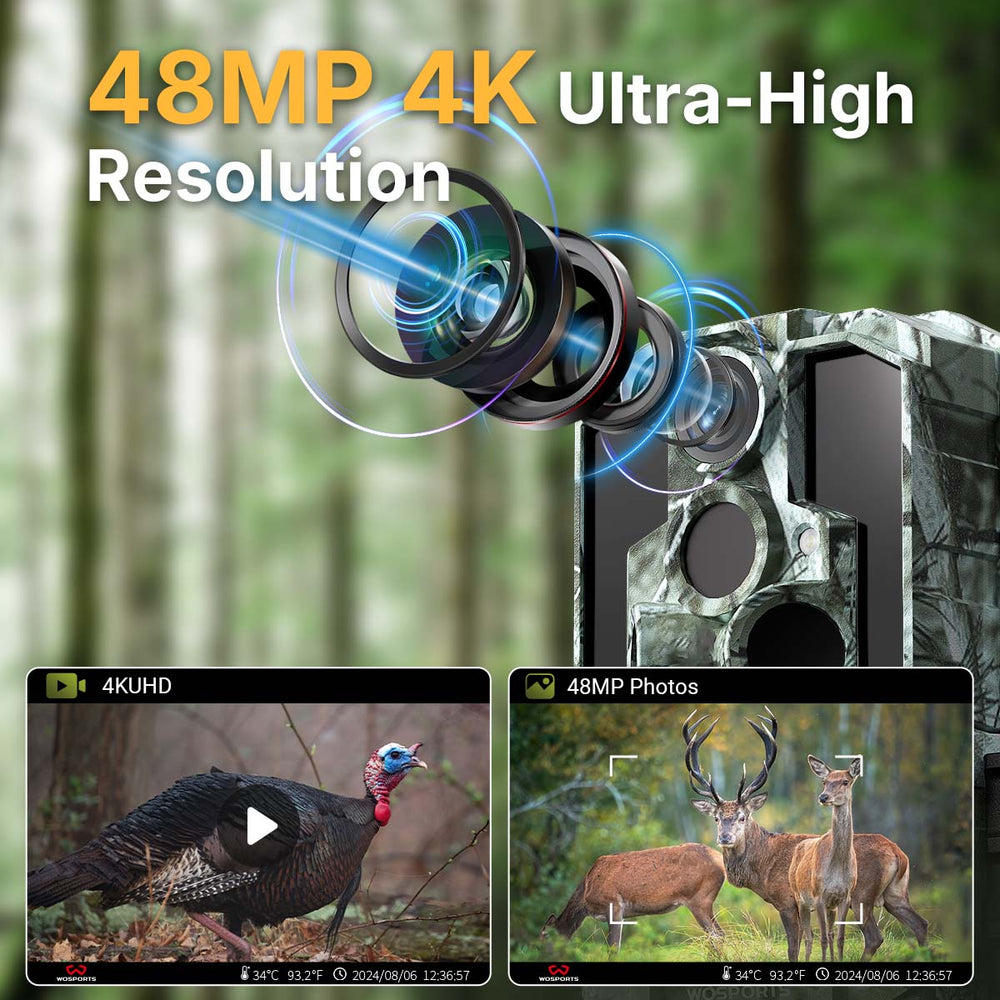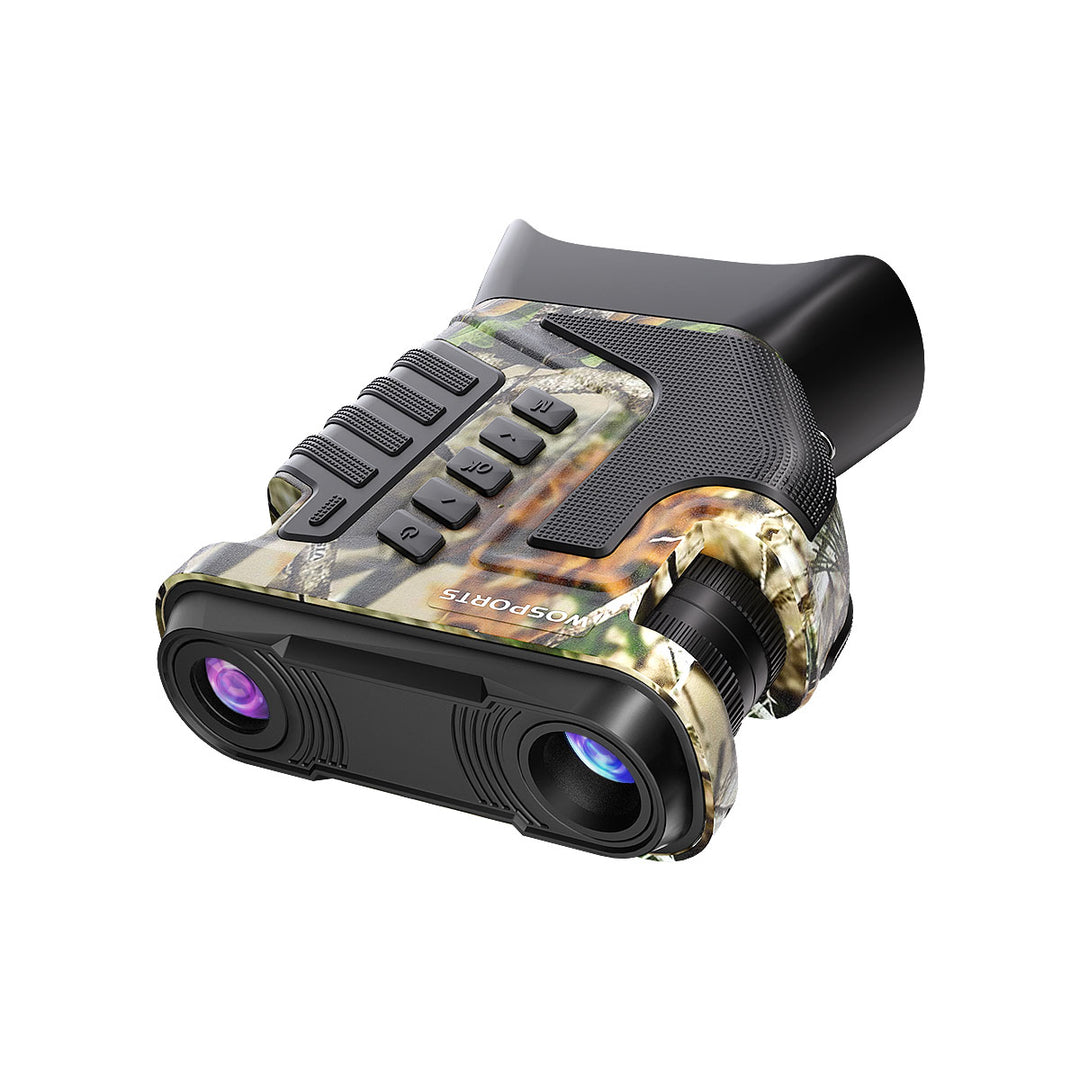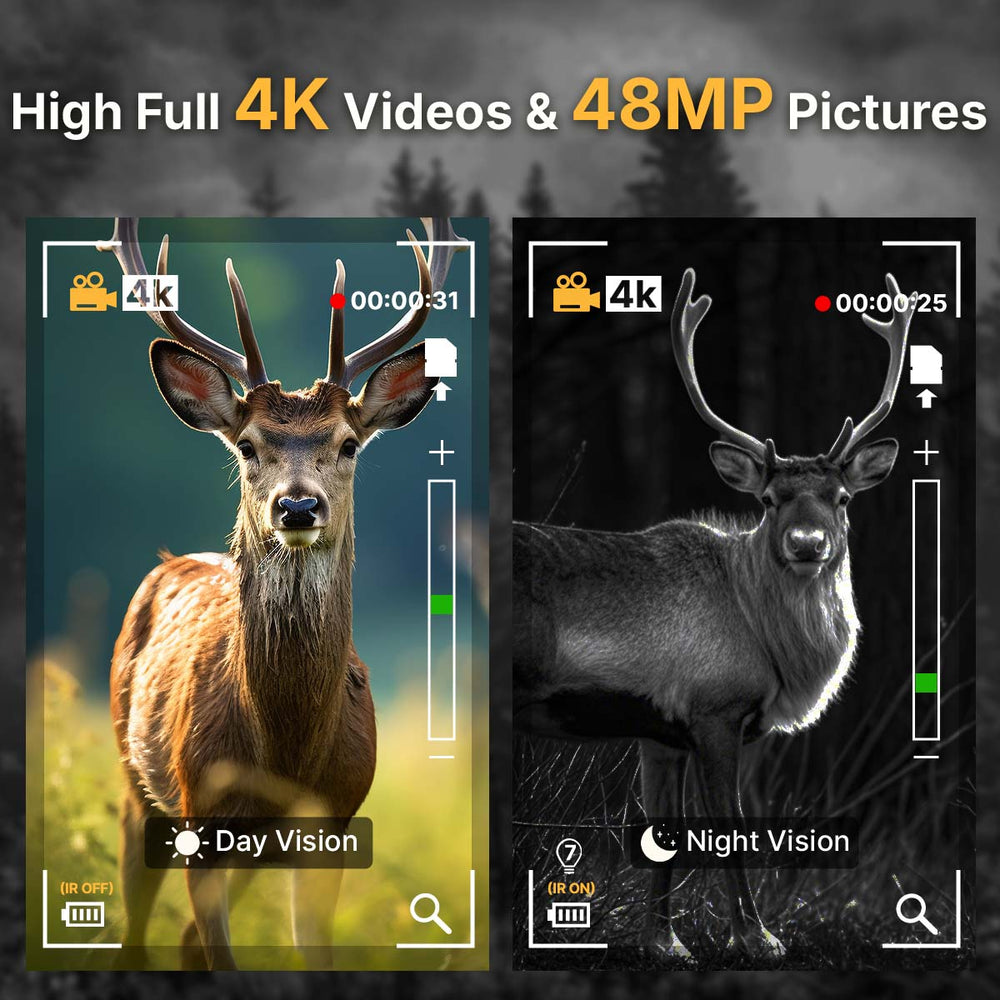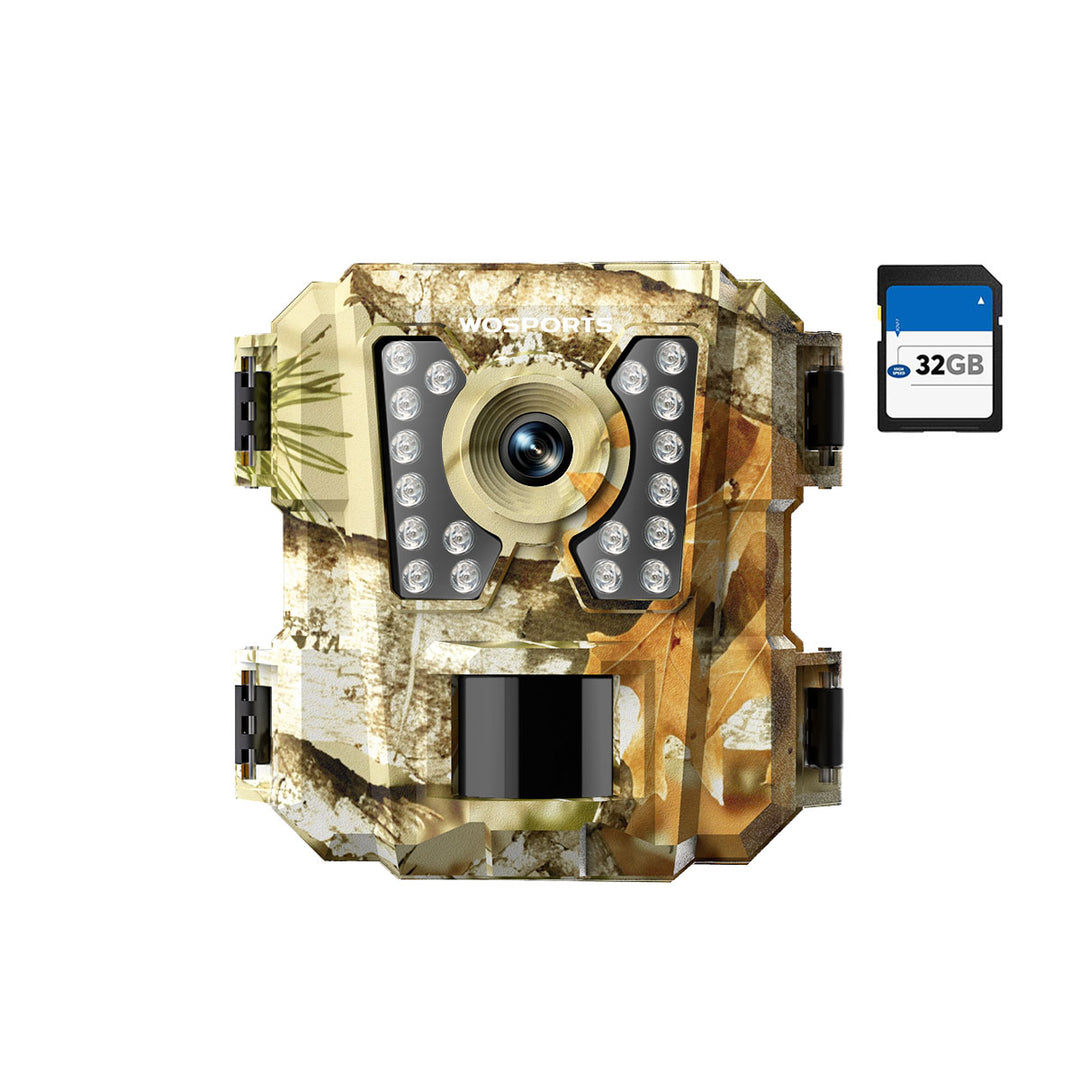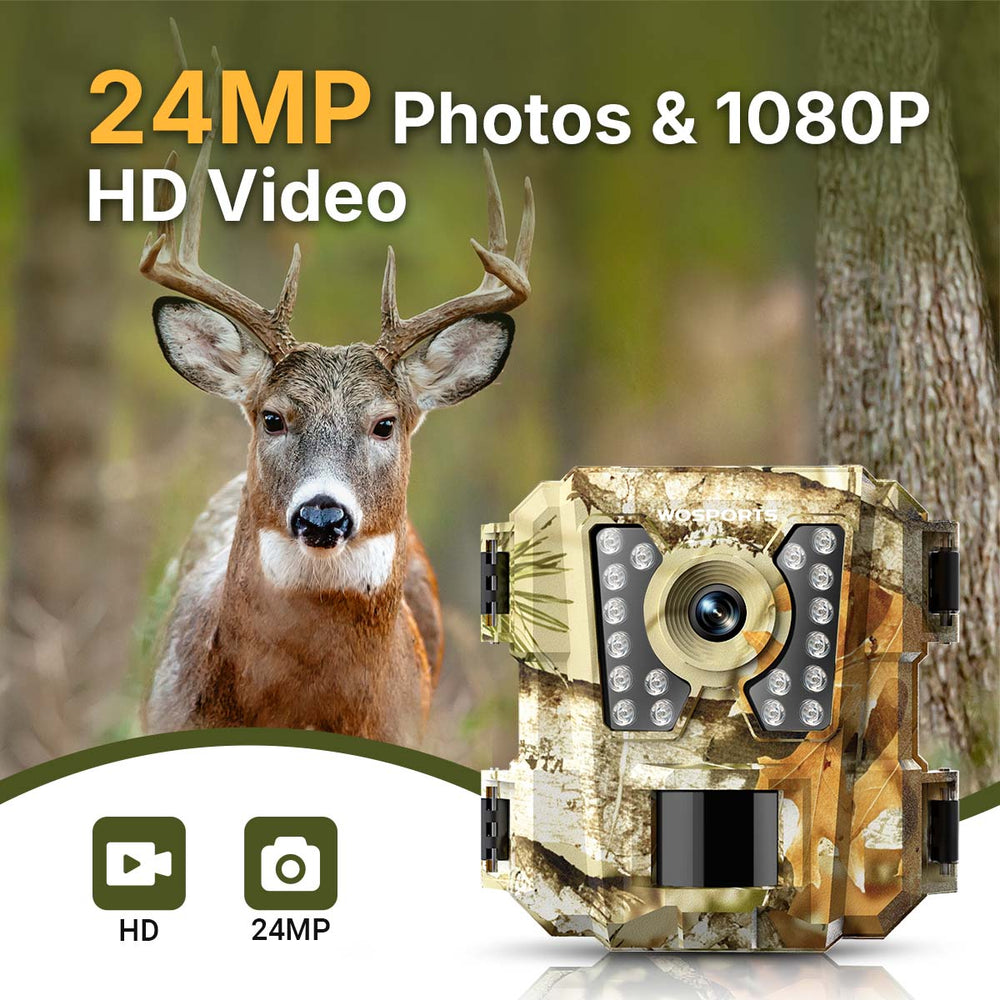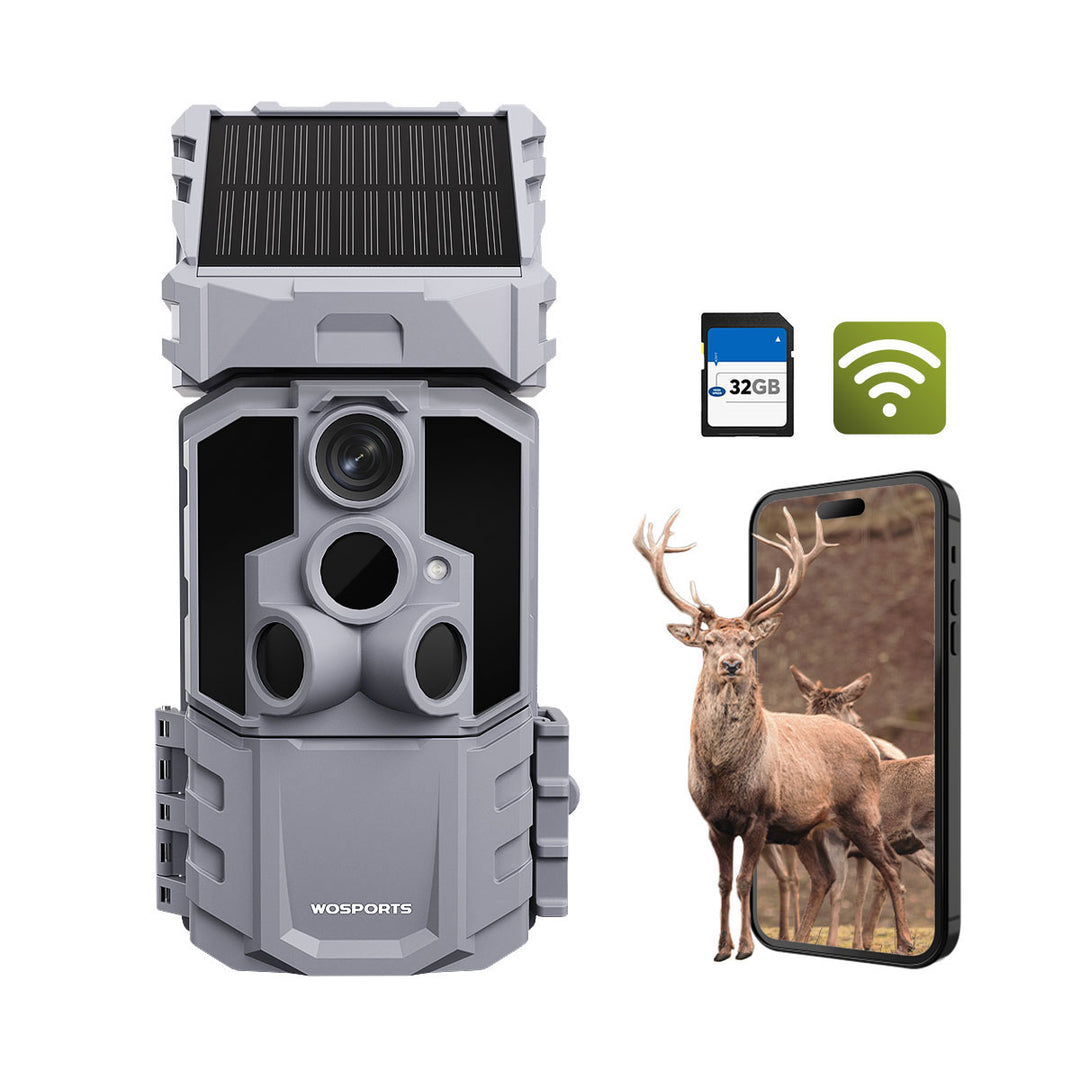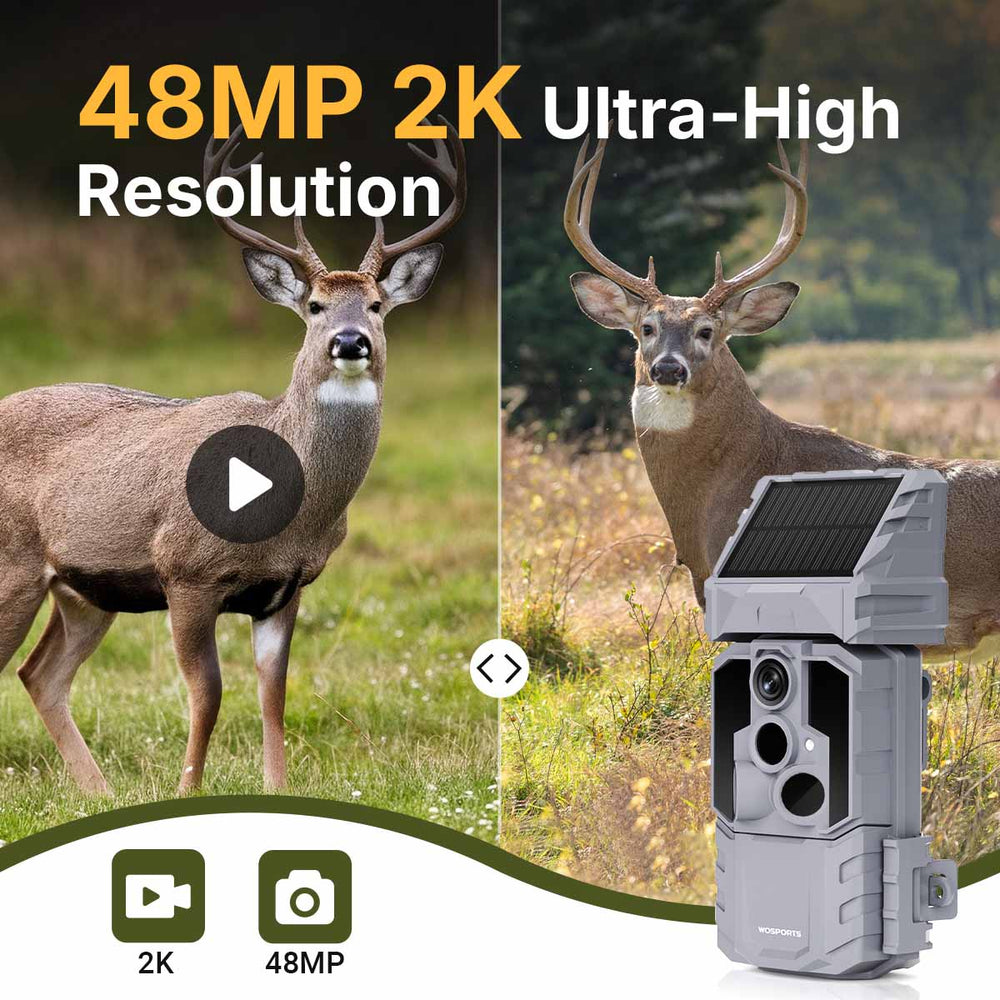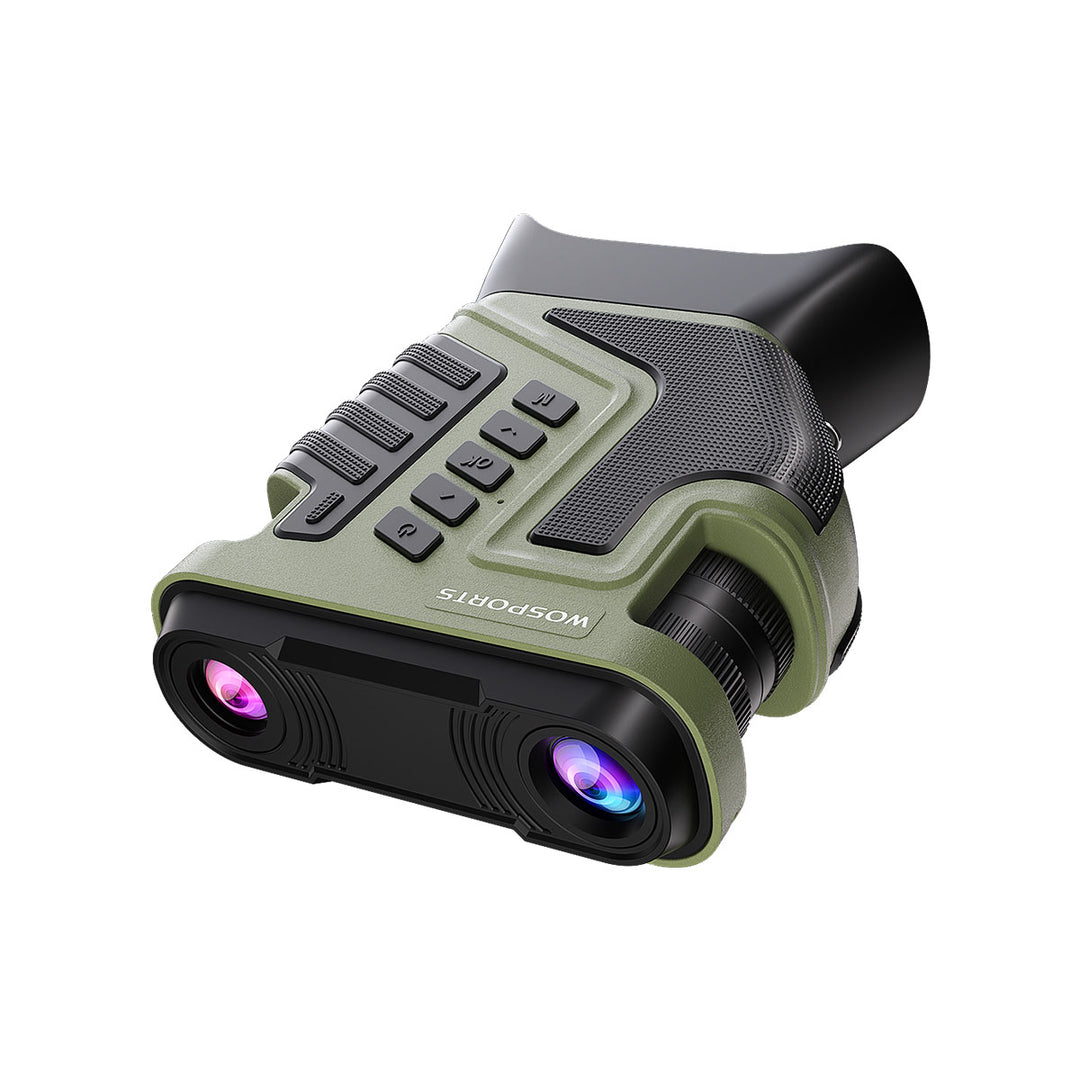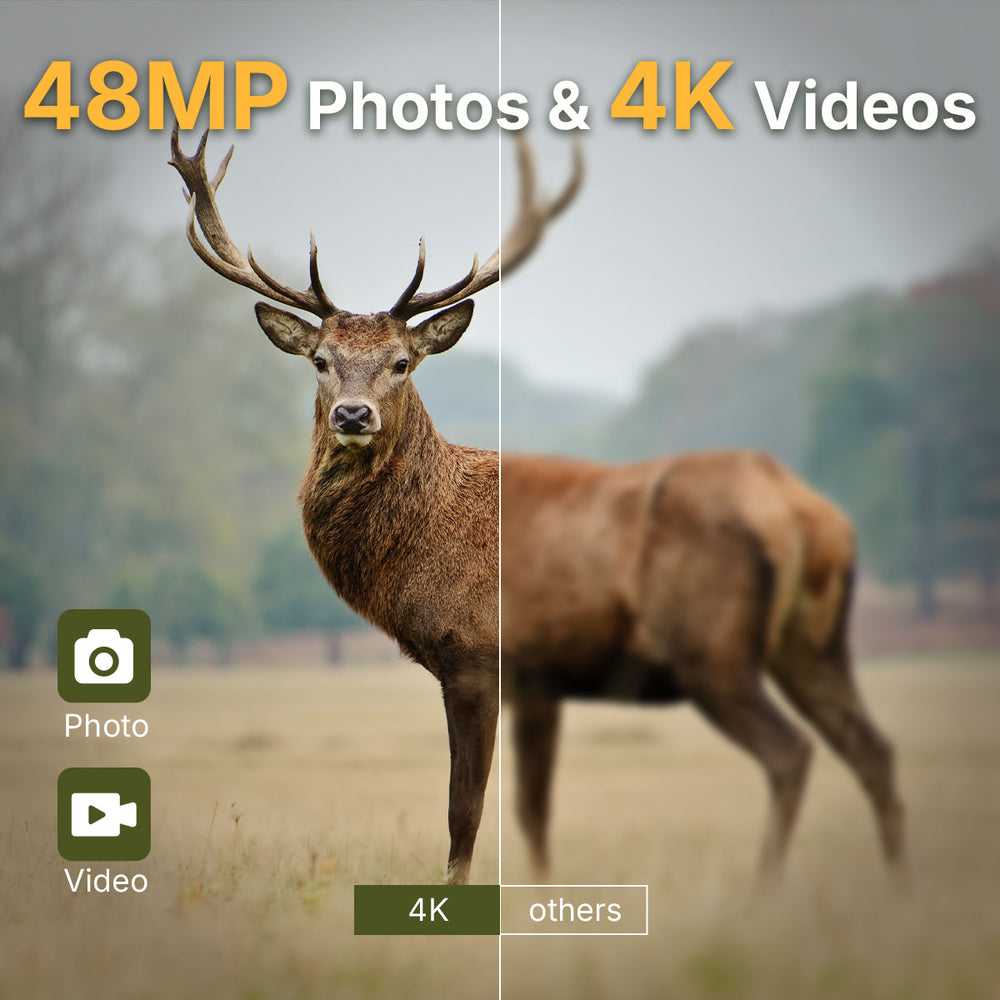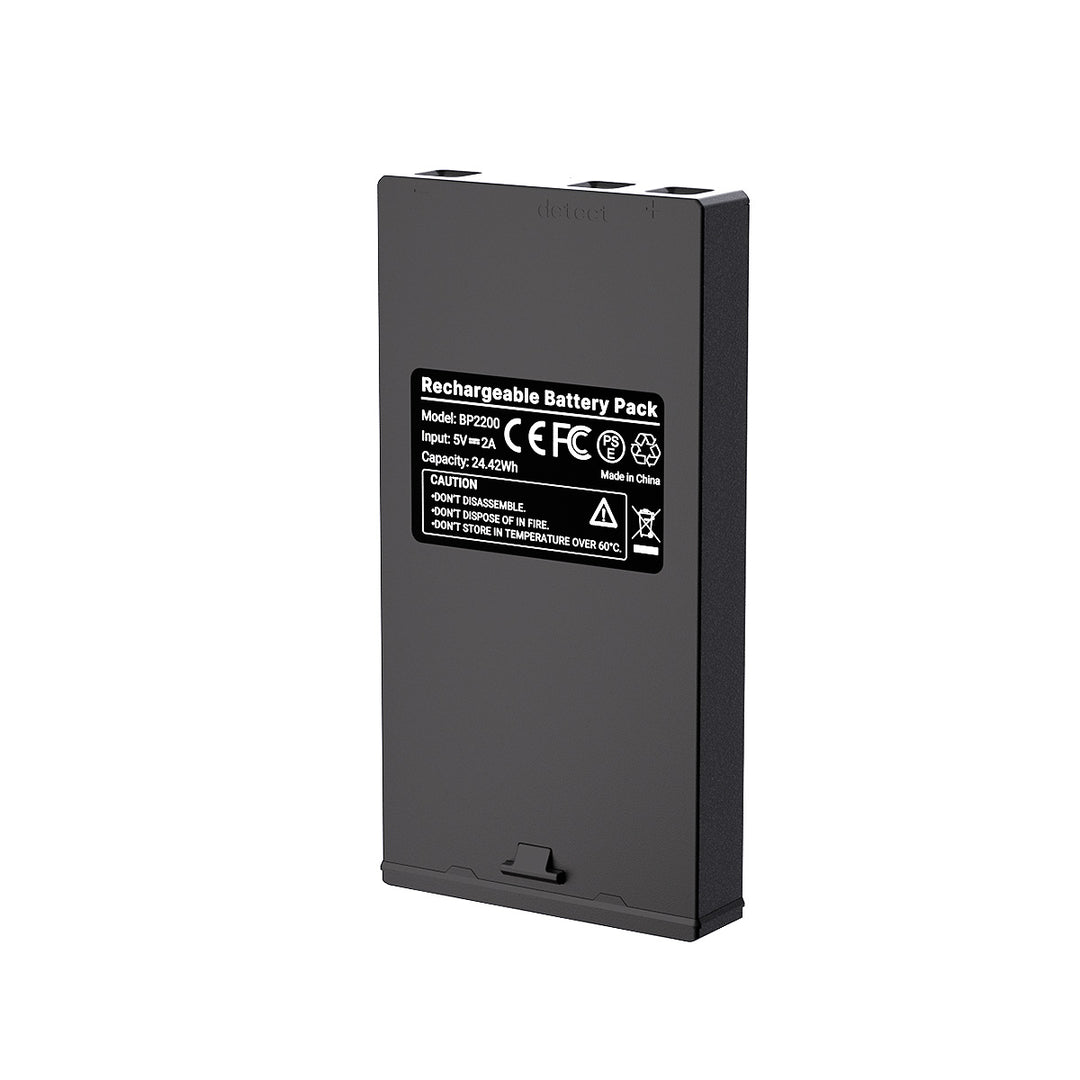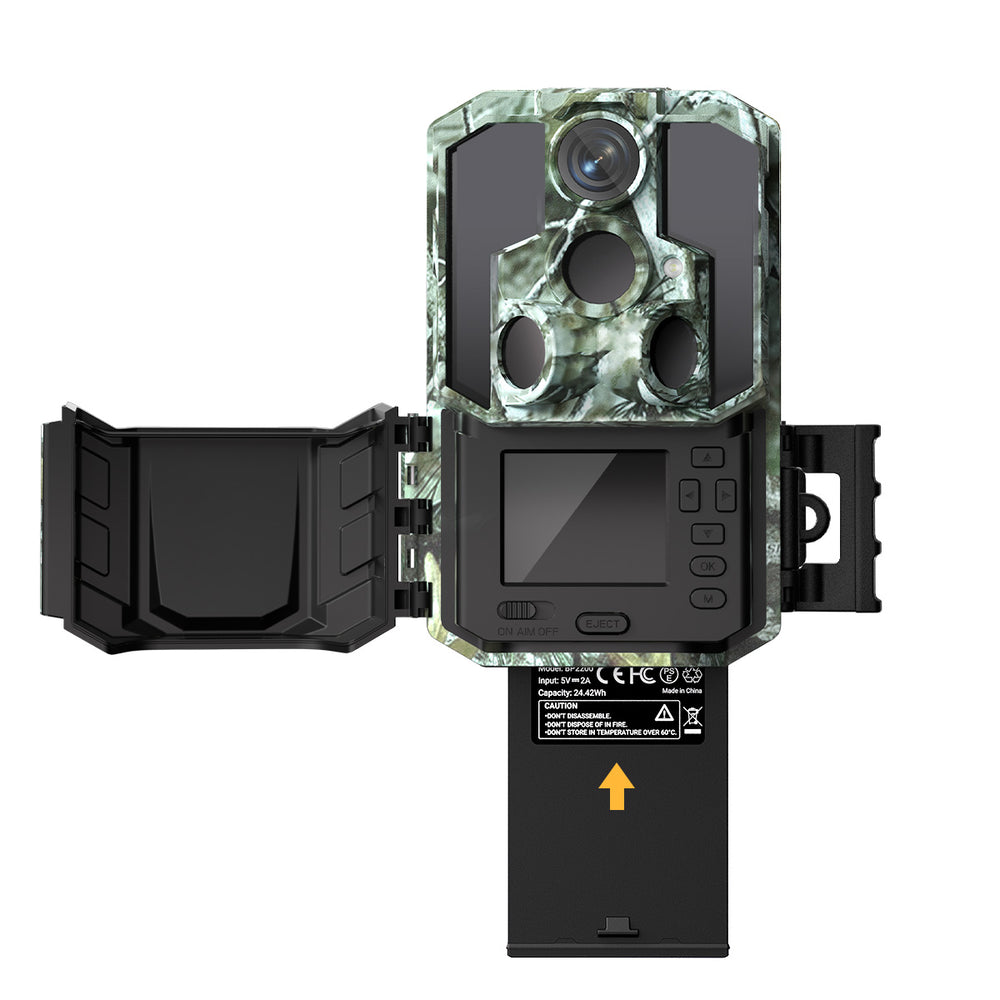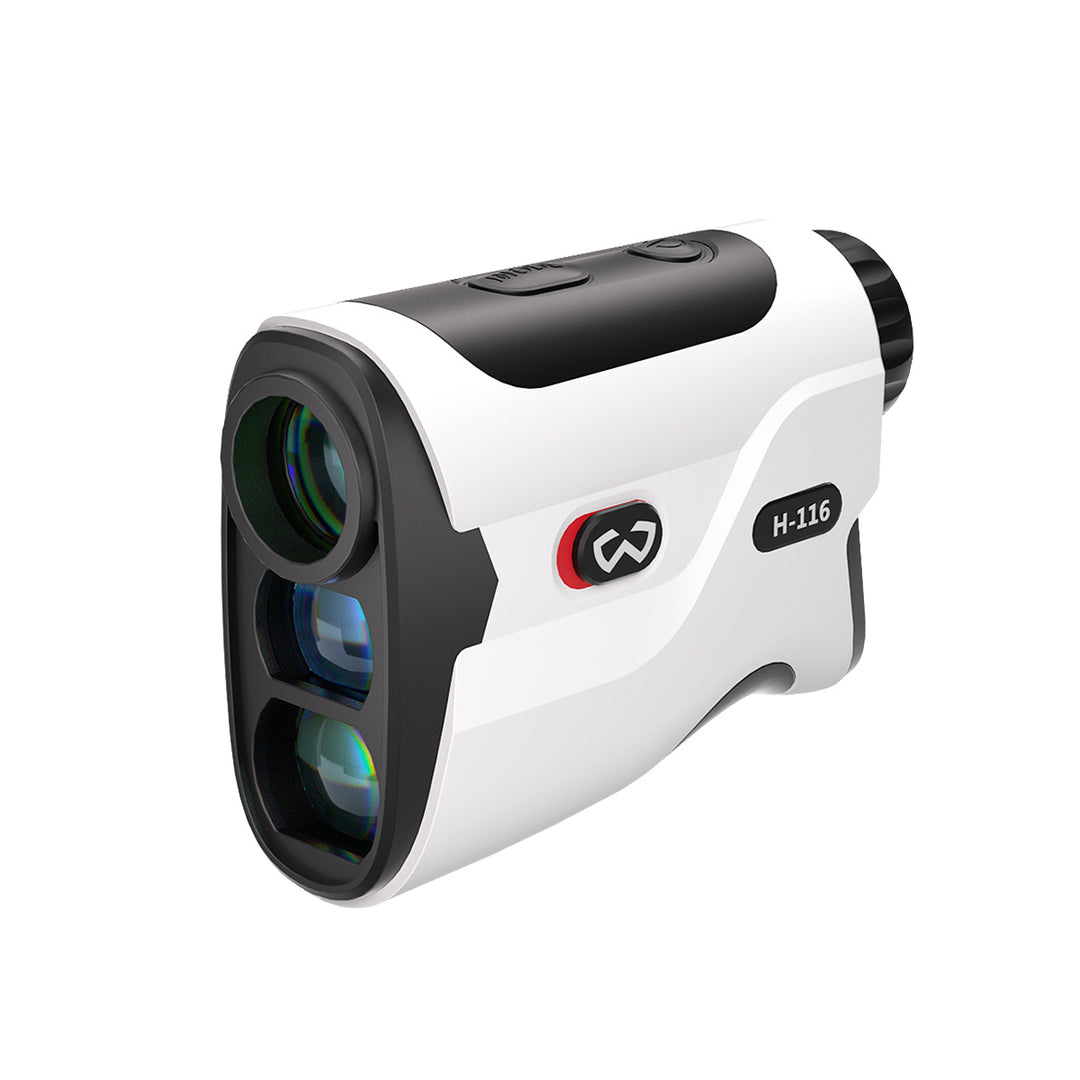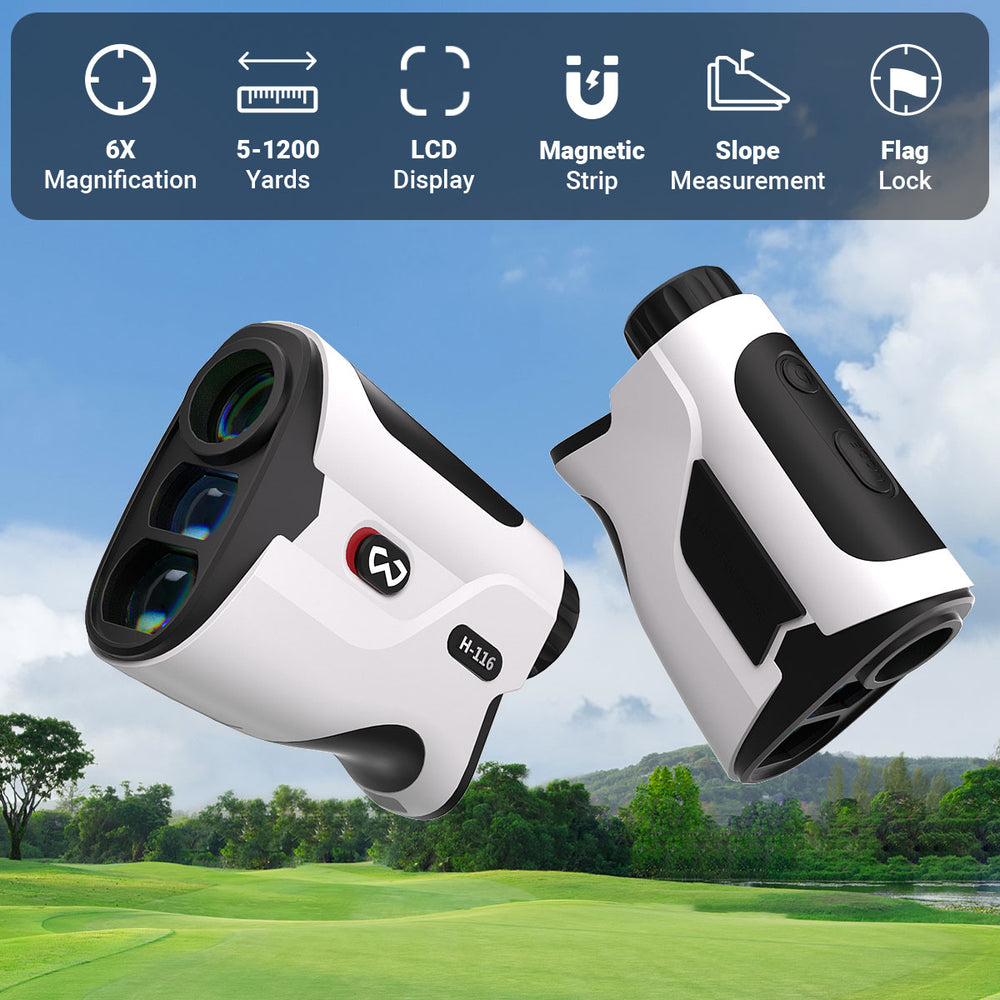Do Infrared Night Vision Binoculars Work in Total Darkness?
Infrared night vision binoculars are a popular tool for hunters, security professionals, and outdoor enthusiasts. But one critical question remains: Do infrared night vision binoculars really work in total darkness? The short answer is yes. This article combines technical analysis, real-world testing data, and will also provide product recommendations, and share actionable tips.
How Infrared Night Vision Binoculars Work
Infrared night vision binoculars use a combination of digital sensors and invisible light to produce images in darkness. Here's how they work:
How It Works:
A built-in IR illuminator emits infrared light (usually at 850nm or 940nm wavelength).
This light reflects off objects in the environment.
The device’s sensor captures the reflected IR light and converts it into a visible image displayed on a screen inside the binoculars.
This makes infrared night vision a form of active night vision—unlike traditional passive systems that rely on ambient light.
Key Benefits:
- Effective in zero light conditions
- High-definition video and photo recording
- Usable in multiple environments (indoors, forests, fields)
Extra Tips —— Total Darkness Defined
Complete darkness: 0 lux (e.g., caves, windowless rooms).
Near-total darkness: <0.0001 lux (moonless overcast nights).
How Infrared Night Vision Binoculars Perform in Total Darkness
1. Wildlife Observation
Campers and researchers use IR binoculars to observe nocturnal animals like owls, foxes, and deer without disturbing them.
2. Home Security & Surveillance
Infrared night vision is ideal for monitoring properties with no exterior lighting. Intruders are often unaware they’re being watched.
3. Nighttime Hunting & Scouting
Hunters use IR binoculars to track game silently and safely at night. Devices like the WOSPORTS NV400 night vision binoculars provide visibility up to 1315 feet.
4. Night Fishing or Boating
On pitch-black lakes or rivers, infrared binoculars allow boaters to detect obstacles or wildlife.

How to Choose Infrared Night Vision Binoculars: 3 Key Factors to Consider
While effective, infrared night vision binoculars come with trade-offs:
1. Check the Effective Viewing Range
Most consumer-grade night vision goggles offer a range of 150–400 meters in total darkness.
2. Evaluate Battery Life with IR On
IR illuminators consume more power, reducing battery life significantly.
Solution: Choose binoculars with adjustable IR brightness.
3. Decide Between 850nm and 940nm IR Light
850nm IR light may produce a faint red glow, detectable by animals or humans.
940nm IR is virtually invisible but offers shorter range.

Recommended Product: WOSPORTS NV400 Night Vision Binoculars
1-10X Optical Zoom & 1-8X Digital Zoom
7 Levels Of Adjustable IR
High Full 4K Videos & 16MP Photos
Rechargeable Night Vision Scope
3-inch TFT LCD screen for Crystal-clear Visuals
Infrared Night Vision vs. Other Night Vision Technologies
Final Verdict: Infrared night vision binoculars strike a balance between affordability, functionality, and performance in complete darkness.
Tips for Using Infrared Night Vision in Total Darkness
1. Adjust the IR brightness to balance range, battery life, and image clarity. Start with medium settings and fine-tune based on visibility.
2. Use manual focus carefully based on the estimated distance of your subject. Auto-focus isn't common in most consumer-grade models.
3. Carry spare batteries or a power bank, especially during longer activities like overnight surveillance or camping.
4. Clean the IR lens and optical lenses regularly with a microfiber cloth to avoid fog, dust, or fingerprint smudges, which can distort the IR beam.
5. Practice in varied environments—open fields, dense forests, indoors—to learn how IR behaves with different reflectivity and object density.
6. Use stealth wisely: If stealth is important, cover the faint red glow from 850nm models with IR filters or choose 940nm versions.
7. Avoid reflective surfaces like glass or water directly in the IR beam’s path, as these can bounce back light and create whiteout in the display.
8. Check weather conditions: Heavy fog or rain can scatter IR light and reduce visibility range significantly.

FAQs
Q1. Can animals see infrared light?
Some animals may detect the faint glow from 850nm IR LEDs, but most are unaffected. For stealth, 940nm models are better.
Q2. Can IR binoculars see through walls?
No – IR light reflects off surfaces like visible light. Thermal imagers can’t either unless walls are ultra-thin.
Q3. Does weather affect IR performance?
Fog reduces IR range by 30-50% and rain has minimal impact.
Q4. Do IR binoculars work indoors?
Yes, especially in dark rooms, basements, or enclosed buildings.
Q5. Is it legal to use infrared night vision?
Generally yes for recreational or personal use, but restrictions may apply in certain countries or for hunting.
Search
Popular Posts
Recent Posts

Nov 28, 2024
Troubleshooting Common Trail Camera Issues
Jan 10, 2025
Why Does My Trail Camera Stop Working at Night?

































